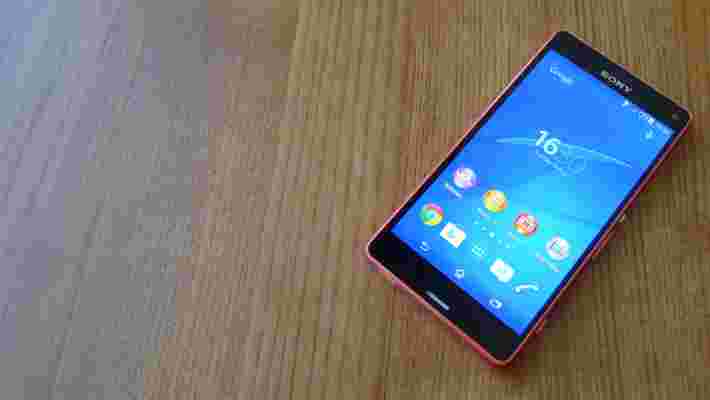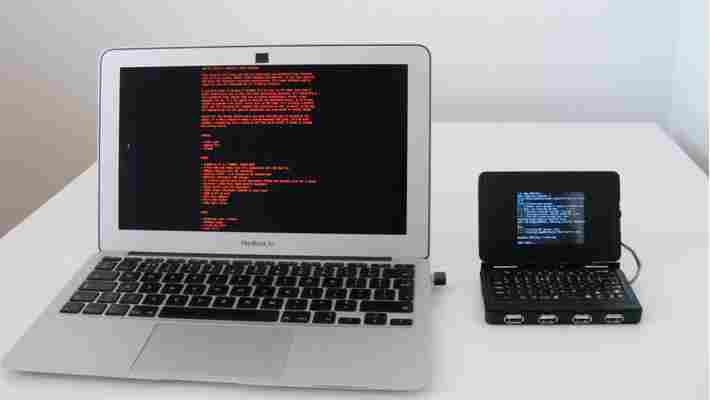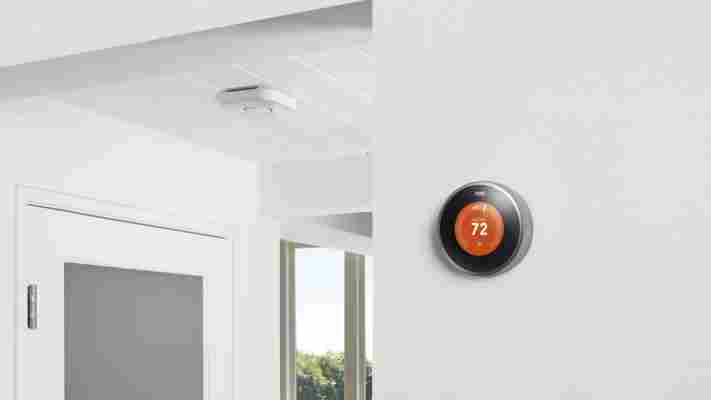Sony today unveiled the Xperia Z3 Compact, a smaller version its latest flagship smartphone. Unlike most Android OEMs, which position “mini” handsets as mid-range alternatives, Sony’s aim is to make the Xperia Z3 Compact a no-compromise device.

The specs bode well, for the most part. It’s powered by a blisteringly fast 2.5GHz Qualcomm Snapdragon 801 processor – the same one found in its larger sibling – 2GB of RAM and offers 16GB of internal storage. Inside is a 2600 mAh battery, which is larger than the Xperia Z1 Compact (2300 mAh) and other, similarly sized handsets such as the Moto X (2200 mAh). The only place it really stumbles is with the display; the resolution of its 4.6-inch panel is 720p, rather than 1080p, which is sure to enrage some Android pixel-density enthusiasts.
From a design perspective, the Xperia Z3 Compact struggles to create its own identity. From a distance it could be mistaken for an iPhone, minus the home button that Apple’s smartphones are so well known for. The rounded edges and flat back is supposed to resemble the full-size Xperia Z3, but it never captures the same level of refinement or sophistication. In particular, the device has a plastic frame, rather than the metal version found on its larger sibling.
Photographers and filmmakers will be pleased to hear that the Xperia Z3 Compact doesn’t skimp in the camera department, however. Sony has carried over the 20.7-megapixel sensor from its flagship Xperia Z3, which should make for a competent all-round shooter. It also supports 4K video recording.
As with the Xperia Z3 and Z3 Tablet Compact, this smaller smartphone is also one of the first devices to support Remote Play . Originally introduced for the PlayStation Vita, this feature allows PlayStation 4 owners to stream their games over a Wi-Fi connection. Sony recommends this for in-home use – for instance when your TV is being used by another family member – although it’s possible the service will also work over different Wi-Fi networks.
The Xperia Z3 Compact is waterproof and runs Android version 4.4.4 (KitKat). It’ll launch this autumn and will be available in black, white, green and orange. Pricing and specific release dates are yet to be confirmed.
Gallery
Build your own Raspberry Pi-powered handheld Linux terminal
If you’re looking for a fun maker project, Chris Robinson at Node has posted a great one – building a Raspberry Pi -powered handheld Linux terminal with a distinctly Nintendo DS-style look.

Robinson says his creation is “best suited to command line stuff” and “a pretty good tool for learning the command line interface as well as basic scripting.”
The post gives you the full recipe of parts, tools and software you’ll need to build your own. Make sure you read to the end as Robinson suggests he’d go for a different screen if he started all over again.
Most excitingly, Robinson says he’s thinking about expanding on the project to create an open source touchscreen phone using Adafruit’s Fona all-in-one cellular module.
➤ How to create a handheld Linux terminal [Node]
Image credit: Node
Nest devices now work with other home automation systems, including Dropcam
Nest Labisn’t content with simply offering its own smart home devices: It wants to be the platform that binds all home automation hardware together.

Today, the Google-owned company announced that its products are now compatible with a bevy of other influential players: Control4, Crestron, Dropcam, Remote Technologies Incorporated, and Universal Remote Control.
It’s an extension of the ‘ Works with Nest ‘ developer program announced in June . A handful of high-profile partners were announced at the time, including Mercedes-Benz and Jawbone, but today represents its first real integration with companies that build hardware and systems specifically for the home.
The partnership with Dropcam , a home surveillance startup acquired by Nest earlier this year, will mean that its cameras will start recording automatically when a Nest Protect alarm goes off. Likewise, when you set your Nest Thermostat to Away – for instance, when you’re about to go on holiday – Dropcam will turn on motion alerts to ensure your home is secure.
URC, RTI, Crestron and Control4, meanwhile, offer whole-home automation systems that cover a wide range of features such as lighting, music and security. Although they’re not the most recognisable brands, the potential is clear; being able to control Nest products from other apps – such as those that cover the majority of your home automation hardware – and automating actions based on your input, or data recorded by different-branded devices in your home.
It’s early days, but it appears Nest is laying the groundwork for an all-encompassing smart home system. A lofty goal, but one that could prove particularly lucrative in the future.
Top image credit: Nest
